Scaffolding Companies Wilmington
Find top Scaffolding Companies in Wilmington
Get up to 3 Scaffolding Company quotes for your project today! Compare profiles, reviews, accreditations, portfolio, etc... and choose the best offer.
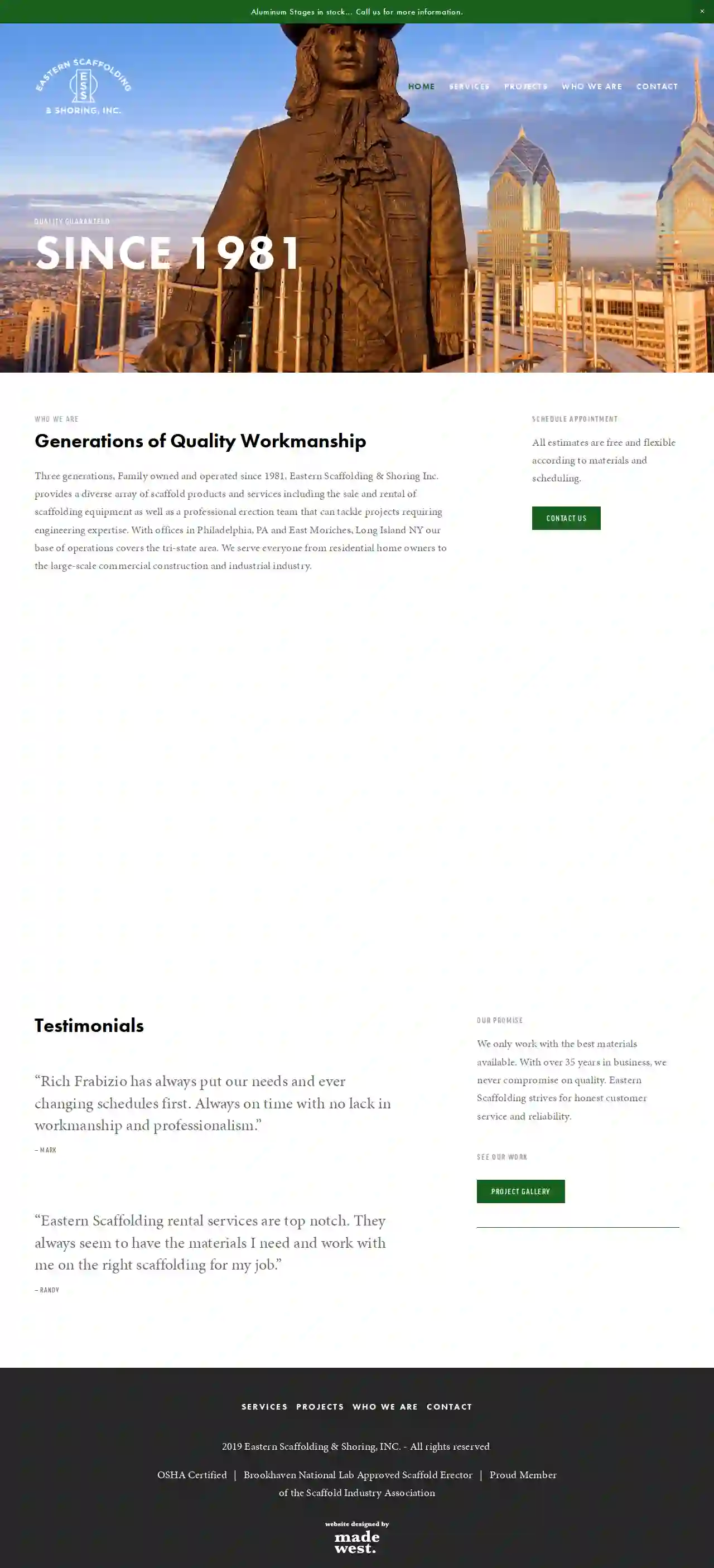
Eastern Scaffolding & Shoring, Inc.
4.411 reviews23 Railroad Ave., East Moriches, 11940, USSince 1981, Eastern Scaffolding & Shoring Inc. has been a family-owned and operated business, providing a diverse array of scaffold products and services. With offices in Philadelphia, PA and East Moriches, Long Island NY, our base of operations covers the tri-state area. We serve everyone from residential home owners to the large-scale commercial construction and industrial industry. Our team of experts offers professional design, installation, erection, and dismantling for scaffold and shoring projects throughout the tri-state area. We strive for honest customer service and reliability, using only the best materials available. Our promise is to deliver quality workmanship and meet the ever-changing needs of our clients.
- Services
- Why Us?
- Accreditations
- Our Team
- Testimonials
- Gallery
Get Quote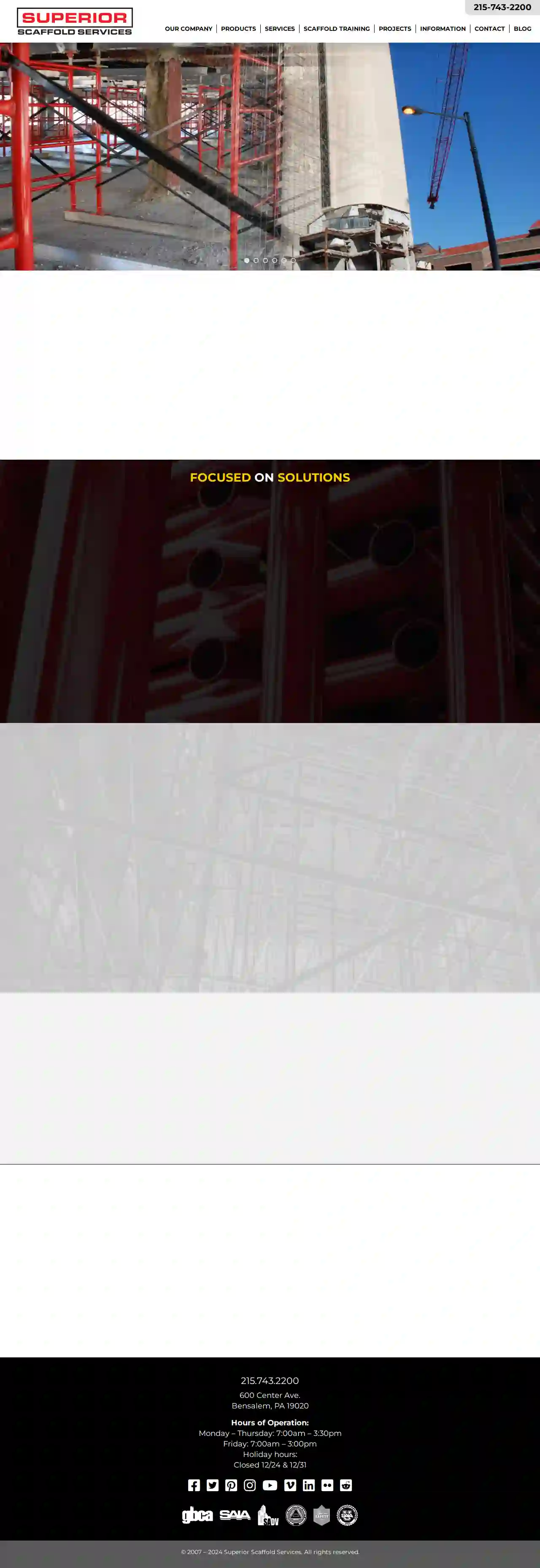
Superior Scaffold Services
4.535 reviews600 Center Ave, Bensalem, 19020, USSuperior Scaffold Services For over 72 years, we have been designing and implementing scaffolding systems. We rent, sell, install, and service suspended work platforms, system and frame scaffolding, mast climbing work platforms, sidewalk bridges, rolling towers, shoring, fall protection systems, safety systems, debris chutes and netting, man & material hoists, and negative pressure wrap enclosures. CALL US NOW!
- Services
- Why Us?
- Gallery
Get Quote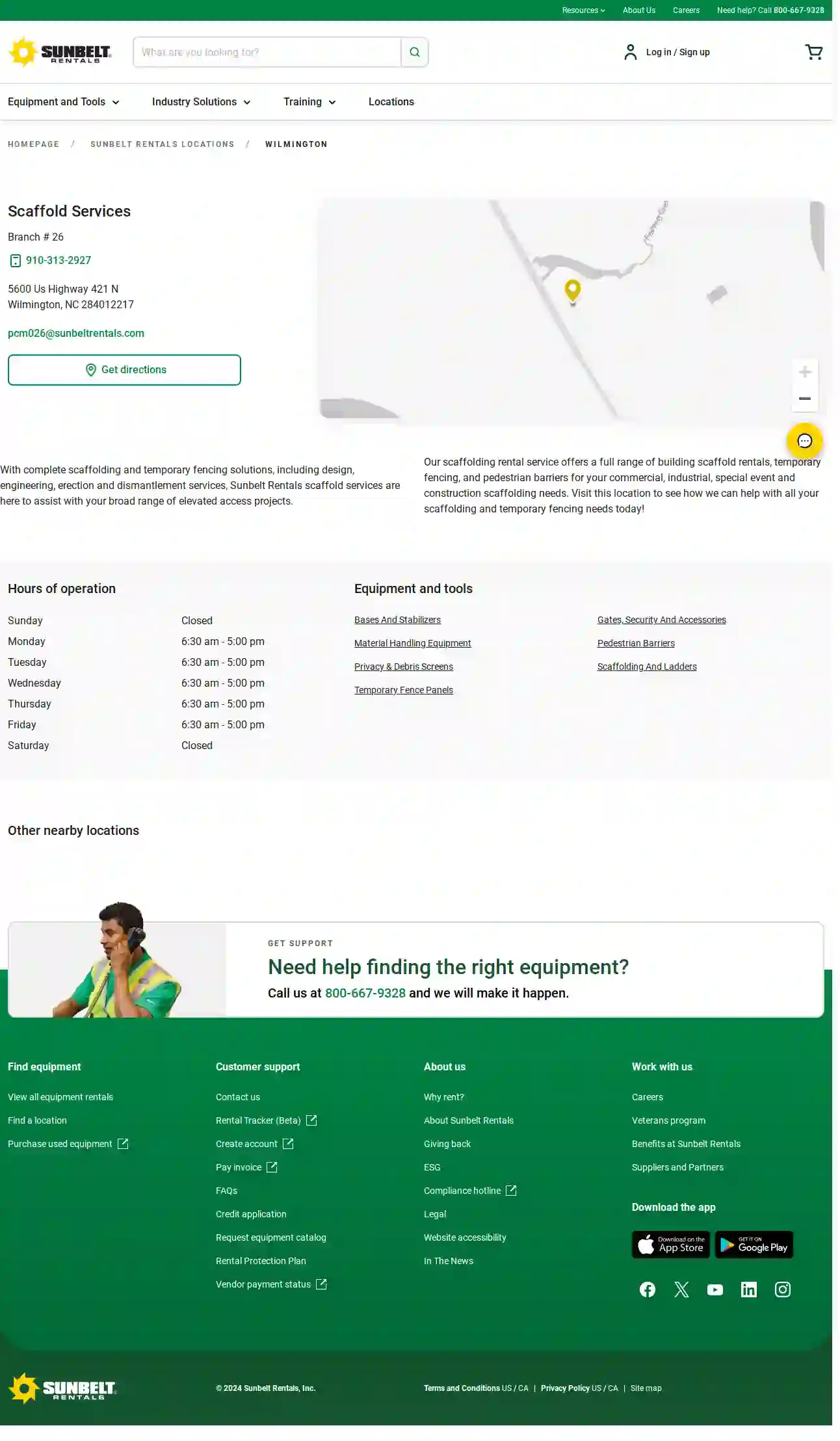
Sunbelt Rentals Scaffold Services
4.215 reviewsSunbelt Rentals HQ, Equipment Rental Division, 123 Sunbelt Lane, WILMINGTON, 12345, USSunbelt Rentals is a leading provider of equipment rentals, offering a wide range of aerial work platforms, scaffolding, ladders, cranes, boom trucks, and more. With a commitment to customer support, they provide resources such as FAQs, rental tracker, and a customer support hotline. Sunbelt Rentals also offers careers, veterans program, and benefits for employees. They have multiple locations and offer equipment for purchase.
- Services
- Why Us?
- Accreditations
- Our Team
- Testimonials
- Gallery
Get Quote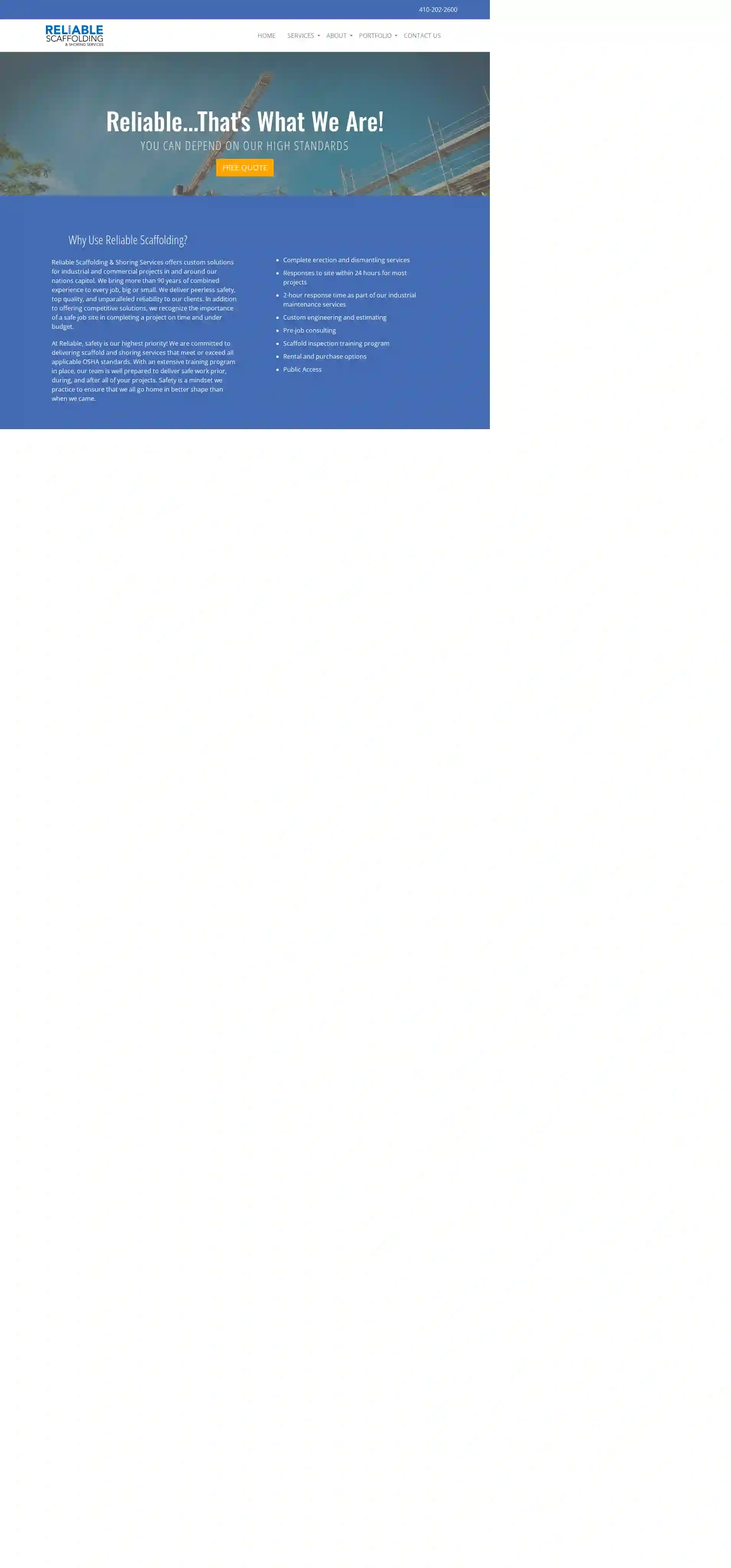
Reliable Scaffolding & Shoring Services
Baltimore, USAt Reliable Scaffolding & Shoring Services, we pride ourselves on delivering high-quality scaffolding and shoring solutions to the Mid-Atlantic region. With over 90 years of combined experience, our team is dedicated to providing peerless safety, top quality, and unparalleled reliability to our clients. Our services include custom scaffolding and shoring solutions for industrial and commercial projects, as well as engineering and estimating services. We also offer scaffold inspection training programs and rental and purchase options for our equipment. At Reliable Scaffolding & Shoring Services, safety is our highest priority. We are committed to delivering scaffold and shoring services that meet or exceed all applicable OSHA standards. Our team is well-prepared to deliver safe work prior, during, and after all of your projects.
- Services
- Why Us?
- Accreditations
- Our Team
- Gallery
Get Quote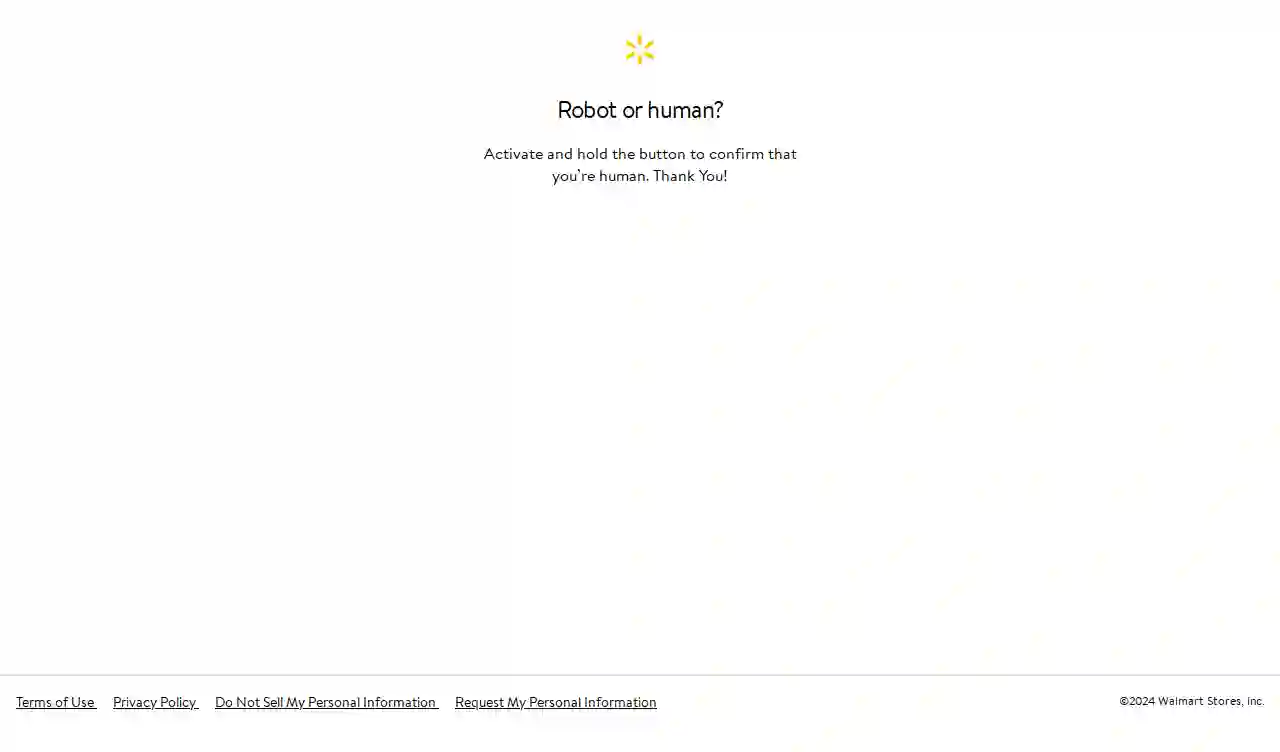
Walmart
3.7New Castle, USWalmart is a retail corporation that operates a chain of hypermarkets, discount department stores, and grocery stores. The company was founded in 1962 by Sam Walton and is headquartered in Bentonville, Arkansas. Walmart is one of the world's largest companies, with over 12,000 stores in 27 countries.
- Services
- Why Us?
- Gallery
Get Quote- Sw
Swing Staging LLC
4.266 reviewsWilmington, US- Services
- Why Us?
Get Quote - Be
Best Ace Hardware
4.5468 reviewsWilmington, US- Services
- Why Us?
Get Quote - Lo
Lowe's Home Improvement
3.7Wilmington, US- Services
- Why Us?
Get Quote - Th
The Home Depot
4.2Wilmington, US- Services
- Why Us?
Get Quote - Lo
Lowe's Home Improvement
4Wilmington, US- Services
- Why Us?
Get Quote
Over 2,353+ Scaffolding Businesses onboarded
Our scaffolding contractors operate in Wilmington & surroundings!
ScaffoldingHQ has curated and vetted the Best Scaffolding Contractors near Wilmington. Find a reliable contractor today.
Frequently Asked Questions About Scaffolding Companies
- Stability and Level: The scaffolding is level and firmly supported by a solid foundation.
- Secure Connections: All components (tubes, clamps, fittings) are properly connected and tightened.
- Guardrails and Toeboards: Adequate guardrails and toeboards are in place to prevent falls.
- Platforms and Decking: Platforms are secure, free from damage, and provide adequate working space.
- Access and Egress: Safe access and exit points are available (ladders, stairs).
- Weather Protection: Appropriate measures are in place to protect workers from adverse weather conditions (e.g., wind screens, covers).
- Clearance from Hazards: The scaffolding is a safe distance from power lines, trees, or other potential hazards.
- Scaffolding Tag: The scaffolding tag is up-to-date and displays the last inspection date, maximum load capacity, and any restrictions.
- Project Height and Access: The height of the structure and the accessibility of the working area are primary considerations.
- Load Capacity: The weight of workers, materials, and equipment that the scaffolding needs to support.
- Project Complexity and Shape: The shape and complexity of the structure may necessitate specialized scaffolding configurations.
- Ground Conditions: The type of ground (soft, uneven, sloping) will influence the scaffolding foundation and support requirements.
- Duration of Use: The length of time the scaffolding will be needed can impact the choice of system.
- Budget: Different scaffolding types have varying costs.
- Tube and Clamp Scaffolding: A traditional and versatile system using individual tubes and clamps. It's highly adaptable but requires more time to erect.
- System Scaffolding: Pre-engineered systems with modular components that fit together quickly. They offer speed and efficiency, especially for larger projects.
- Suspended Scaffolding: Hung from a roof or overhead structure, ideal for high-rise buildings or areas with limited ground access.
- Mobile Scaffolding: Mounted on wheels, allowing easy movement around a worksite. Suitable for tasks like painting or plastering.
- Specialized Scaffolding: Cantilever scaffolding, rolling towers, and other specialized systems cater to specific needs.
What should I look for during a scaffolding inspection?
How do I choose the right type of scaffolding for my project?
Can I erect scaffolding myself?
What are the different types of scaffolding?
What should I look for during a scaffolding inspection?
- Stability and Level: The scaffolding is level and firmly supported by a solid foundation.
- Secure Connections: All components (tubes, clamps, fittings) are properly connected and tightened.
- Guardrails and Toeboards: Adequate guardrails and toeboards are in place to prevent falls.
- Platforms and Decking: Platforms are secure, free from damage, and provide adequate working space.
- Access and Egress: Safe access and exit points are available (ladders, stairs).
- Weather Protection: Appropriate measures are in place to protect workers from adverse weather conditions (e.g., wind screens, covers).
- Clearance from Hazards: The scaffolding is a safe distance from power lines, trees, or other potential hazards.
- Scaffolding Tag: The scaffolding tag is up-to-date and displays the last inspection date, maximum load capacity, and any restrictions.
How do I choose the right type of scaffolding for my project?
- Project Height and Access: The height of the structure and the accessibility of the working area are primary considerations.
- Load Capacity: The weight of workers, materials, and equipment that the scaffolding needs to support.
- Project Complexity and Shape: The shape and complexity of the structure may necessitate specialized scaffolding configurations.
- Ground Conditions: The type of ground (soft, uneven, sloping) will influence the scaffolding foundation and support requirements.
- Duration of Use: The length of time the scaffolding will be needed can impact the choice of system.
- Budget: Different scaffolding types have varying costs.
Can I erect scaffolding myself?
What are the different types of scaffolding?
- Tube and Clamp Scaffolding: A traditional and versatile system using individual tubes and clamps. It's highly adaptable but requires more time to erect.
- System Scaffolding: Pre-engineered systems with modular components that fit together quickly. They offer speed and efficiency, especially for larger projects.
- Suspended Scaffolding: Hung from a roof or overhead structure, ideal for high-rise buildings or areas with limited ground access.
- Mobile Scaffolding: Mounted on wheels, allowing easy movement around a worksite. Suitable for tasks like painting or plastering.
- Specialized Scaffolding: Cantilever scaffolding, rolling towers, and other specialized systems cater to specific needs.